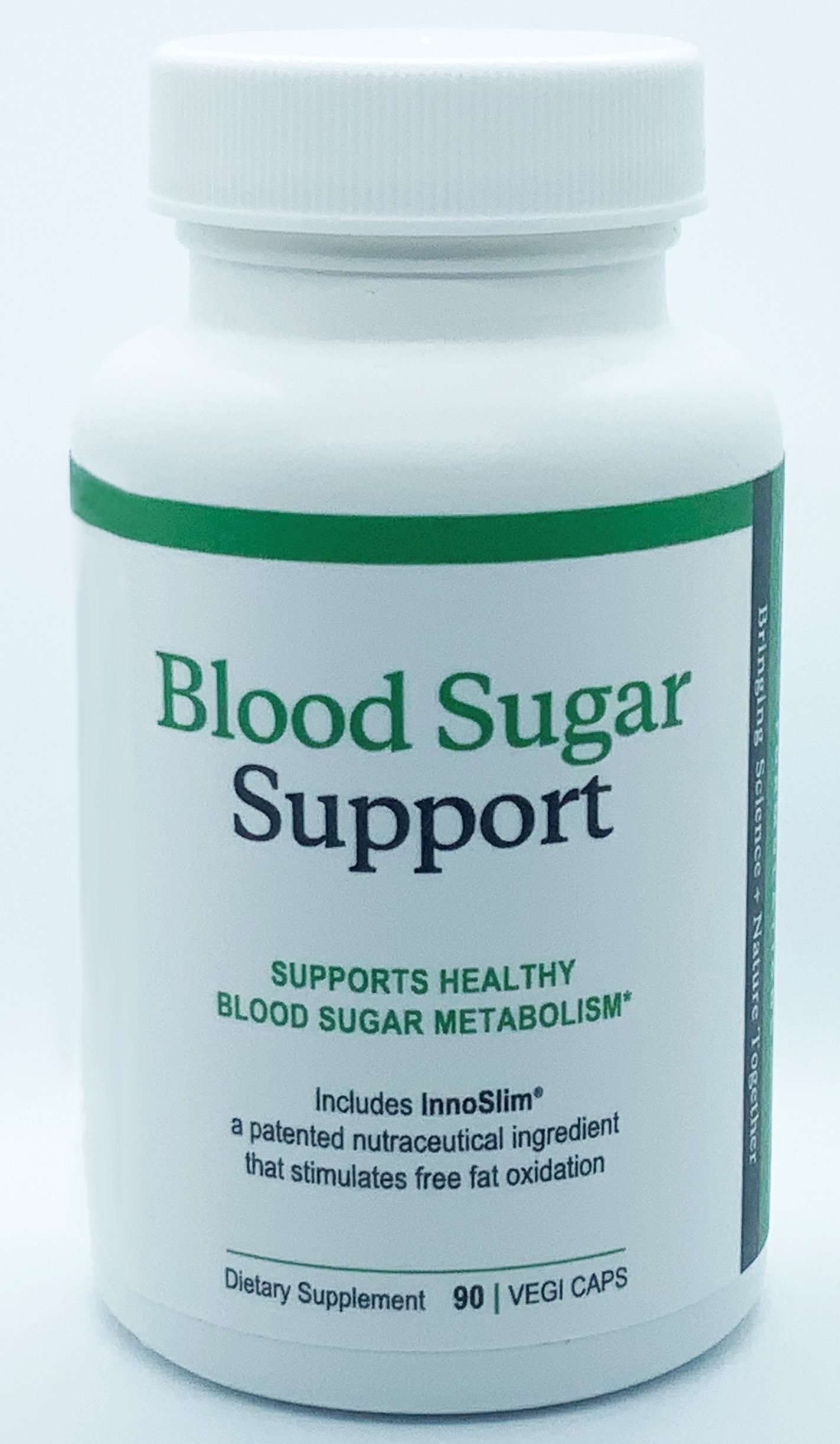We
all know that exposure to airborne particulate matter can cause health
issues, however this paper published in Environmental Research suggests
that the problem may be a lot worse than we thought as the study showed
evidence of Alzheimer’s, Parkinson’s and motor neuron disease (MND) in
young individuals.
Regards,
Rob
Summary:
After
examining the brainstems of 186 young Mexico City residents aged
between 11 months and 27 years of age, researchers, found markers not
only of Alzheimer’s disease, but also of Parkinson’s and of motor neuron
disease (MND) too. These markers of disease were coupled with the
presence of tiny, distinctive nanoparticles within the brainstem – their
appearance and composition indicating they were likely to come from
vehicle pollution.
FULL STORY
Researchers
looking at the brainstems of children and young adults exposed lifelong
to air pollution in Mexico City have discovered disturbing evidence of
harm.
Previous studies have linked fine
particulate air pollution exposure with Alzheimer’s disease, and
researchers have also reported evidence of air pollution-derived
nanoparticles in the frontal cortex of the brain.
But after examining the brainstems of 186
young Mexico City residents aged between 11 months and 27 years of age,
researchers, including Professor Barbara Maher from Lancaster
University, found markers not only of Alzheimer’s disease, but also of
Parkinson’s and of motor neurone disease (MND) too. These markers of
disease were coupled with the presence of tiny, distinctive
nanoparticles within the brainstem — their appearance and composition
indicating they were likely to come from vehicle pollution.
This has led researchers to conclude that
air pollution of this nature — whether inhaled or swallowed — puts
people at risk of potential neurological harm. The brainstem is the
posterior part of the brain which regulates the central nervous system,
controls heart and breathing rates, and how we perceive the position and
movement of our body, including, for example, our sense of balance.
Professor Maher said: “Not only did the
brainstems of the young people in the study show the ‘neuropathological
hallmarks’ of Alzheimer’s, Parkinson’s and MND, they also had high
concentrations of iron-, aluminium- and titanium-rich nanoparticles in
the brainstem — specifically in the substantia nigra, and cerebellum.
“The iron-and aluminium-rich
nanoparticles found in the brainstem are strikingly similar to those
which occur as combustion- and friction-derived particles in air
pollution (from engines and braking systems).
“The titanium-rich particles in the brain
were different — distinctively needle-like in shape; similar particles
were observed in the nerve cells of the gut wall, suggesting these
particles reach the brain after being swallowed and moving from the gut
into the nerve cells which connect the brainstem with the digestive
system.”
The ‘neuropathological hallmarks’ found
even in the youngest infant (11 months old) included nerve cell growths,
and plaques and tangles formed by misfolded proteins in the brain.
Damage to the substantia nigra is directly linked with the development
of Parkinson’s disease in later life. Protein misfolding linked
previously with MND was also evident, suggesting common causal
mechanisms and pathways of formation, aggregation and propagation of
these abnormal proteins.
The one thing common to all of the young
people examined in the study was their exposure to high levels of
particulate air pollution. Professor Maher says that the associations
between the presence of damage to cells and their individual components
— especially the mitochondria (key for generation of energy, and
signalling between cells) — and these metal-rich nanoparticles are a
‘smoking gun’.
Such metal-rich particles can cause
inflammation and also act as catalysts for excess formation of reactive
oxygen species, which are known to cause oxidative stress and eventual
death of neurons. Critically, the brainstems of age- and gender- matched
controls who lived in lower-pollution areas have not shown the
neurodegenerative pathology seen in the young Mexico City residents.
These new findings show that
pollution-derived, metal-rich nanoparticles can reach the brainstem
whether by inhalation or swallowing, and that they are associated with
damage to key components of nerve cells in the brainstem, including the
substantia nigra.
Even in these young Mexico City
residents, the type of neurological damage associated with Alzheimer’s,
Parkinson’s and motor neurone diseases is already evident. These data
indicate the potential for a pandemic of neurological disease in
high-pollution cities around the world as people experience longer
lifespans, and full symptoms of earlier, chronic neurological damage
develop.
Professor Barbara Maher said: “It’s
critical to understand the links between the nanoparticles you’re
breathing in or swallowing and the impacts those metal-rich particles
are then having on the different areas of your brain.
“Different people will have different
levels of vulnerability to such particulate exposure but our new
findings indicate that what air pollutants you are exposed to, what you
are inhaling and swallowing, are really significant in development of
neurological damage.
“With this in mind, control of nanoparticulate sources of air pollution becomes critical and urgent.”
Story Source:
Materials provided by Lancaster University. Note: Content may be edited for style and length.
Journal Reference:
- Lilian Calderón-Garcidueñas, Angélica
González-Maciel, Rafael Reynoso-Robles, Jessica Hammond, Randy Kulesza,
Ingolf Lachmann, Ricardo Torres-Jardón, Partha S. Mukherjee, Barbara A.
Maher. Quadruple abnormal protein aggregates in brainstem
pathology and exogenous metal-rich magnetic nanoparticles (and
engineered Ti-rich nanorods). The substantia nigrae is a very early
target in young urbanites and the gastrointestinal tract a key brainstem
. Environmental Research, 2020; 191: 110139 DOI: 10.1016/j.envres.2020.110139





